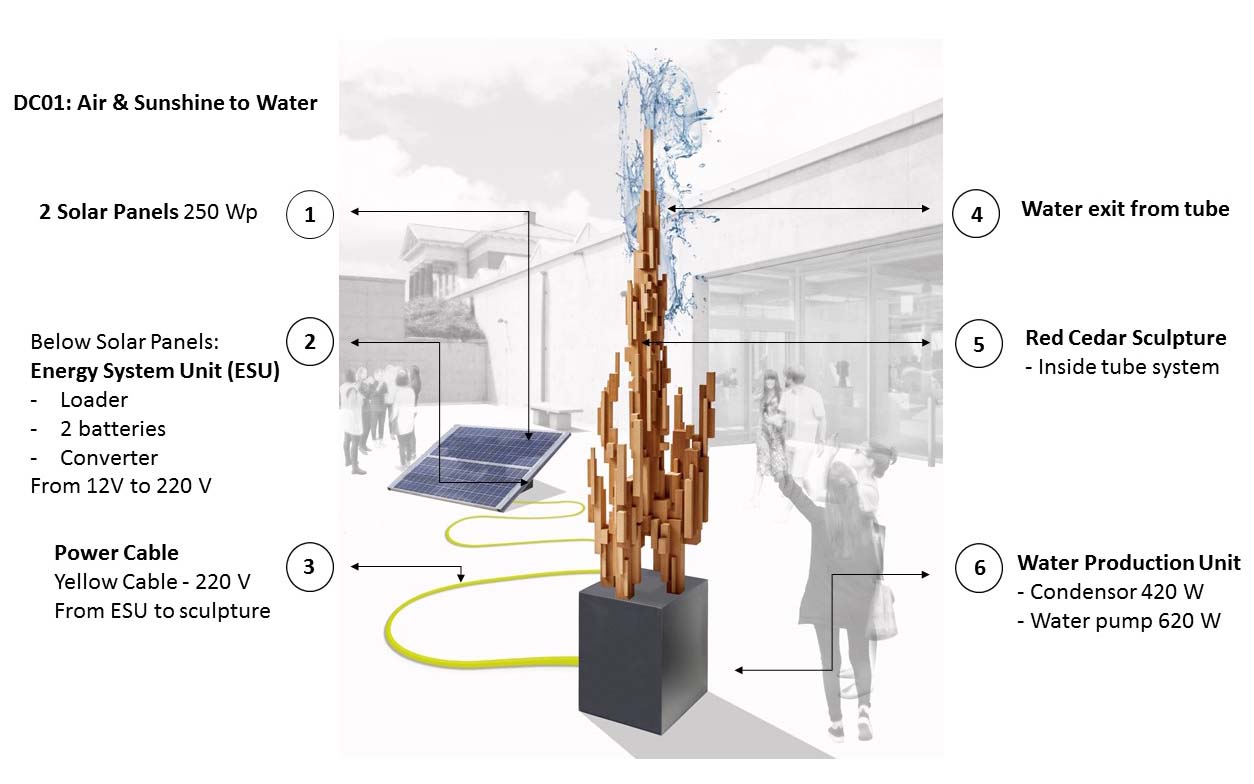SmArts
July 25-31, 2016
Design and the drought
By Molly Rector
This week my very dear friend Hilary came to visit me from California. We get to see each other about once every year, twice if it’s a good year. Neither of us are phone people; and though we try to keep up as best we can, it’s usually during these visits that we get to discuss most of what’s been on our minds. Perhaps it is because of her return to California (she had been living in Chicago for two years), where drought is a constant concern, but we ended up talking a lot, this time, about water. I’m sure another contributing factor to this conversational theme is that I recently watched Interstellar, which deals so heavily in considering the scarcity of resources.
She told me that drought has been declared a statewide emergency in California, and also told me about an ordinance passed in early 2014 that requires a few simple changes – for example, she said, restaurants, bars, and hotels are not allowed to bring water to customers unless they specifically request it. This simple measure has allowed for the state to save immense amounts of water, since so much gets wasted when restaurants bring unrequested (and often unwanted) glasses of water to patrons.
This morning, the day after Hilary’s return to the great dry coast, I read an article in the arts section of the New York Times about a sculpture by Dutch artist Ap Verheggen, which uses solar energy to draw moisture out of the air – accelerating the condensation process to create drinkable water. The sculpture (pictured in the slide) is meant to point out that there may be alternatives to the current systems we have for purifying water.
While Verheggen is not the only artist making work that addresses environmental concerns, his work often has a problem-solving orientation that feels absent in many works by environmental artists. In creating the “Desert Cascade” I described briefly above, he also laid the groundwork for the development of a new technology that could be used to address elements of the water crisis.
This is something I appreciate about what happens when principles of spatial design enter into the creation of visual art – this is a piece that transcends the finger-pointing that is far too often the end result of environmental works. This is not to say that finger-pointing isn’t an essential and important function of art – it is vital – it’s just that when a piece incorporates principles of design, it often not only points out an issue, but pushes us forward.
Molly Rector is a staff writer for the Daily Record. Contact her at molly@dailydata.com.




